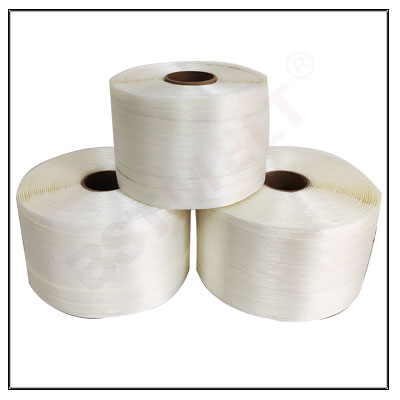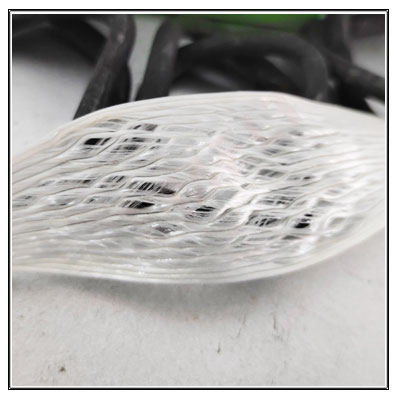The Versatile Lashing Strap: An Essential Tool for Secure and Efficient Fastening
Introduction
In the world of fastening and securing loads, the lashing strap is a versatile tool that has become an indispensable asset in various industries. With its ability to withstand extreme weather conditions, resist corrosion, and provide a secure hold, the lashing strap has proven itself as a reliable and efficient fastening solution. In this article, we will delve into the different types of lashing straps, their uses, and best practices for ensuring secure and efficient fastening.

Types of Lashing Straps
1. Polyester Webbing Lashing Strap: Made from high-strength polyester yarns, these straps are lightweight, flexible, and resistant to abrasion, UV rays, and chemicals. They are ideal for securing loads in outdoor environments and are often used in the marine, transportation, and construction industries.
2. Nylon Webbing Lashing Strap: Nylon webbing straps are known for their high strength-to-weight ratio and excellent resistance to abrasion, rot, and mildew. These straps are commonly used in the automotive, aerospace, and military industries where durability and performance are crucial.
3. Polypropylene Webbing Lashing Strap: Polypropylene webbing straps are known for their excellent resistance to chemicals, acids, and alkalis, making them ideal for use in the chemical and petrochemical industries. They are also lightweight and flexible, making them easy to handle and store.
4. Steel Wire Rope Lashing Strap: Steel wire rope straps are incredibly strong and durable, making them ideal for securing heavy loads in demanding environments. They are commonly used in the construction, mining, and shipping industries.

Uses of Lashing Straps
Lashing straps are used in a wide range of applications, including:
1. Tying down cargo on trucks, trailers, and ships to prevent shifting during transportation.
2. Securing equipment and machinery during lifting and transportation.
3. Holding together temporary structures, such as tents and scaffolding.
4. Securing loads on pallets and skids for storage and transportation.
5. Attaching safety nets and tarps to protect workers and equipment.
Best Practices for Secure and Efficient Fastening
To ensure that lashing straps are used securely and efficiently, follow these best practices:
1. Choose the right lashing strap for the job: Consider the weight of the load, the environment, and the specific requirements of the application when selecting a lashing strap.
2. Use proper tension: Apply enough tension to the lashing strap to secure the load without causing damage. Use a tensionmeter if necessary.
3. Avoid overloading: Make sure the lashing strap is rated for the weight of the load and do not exceed the strap's capacity.
4. Distribute the load evenly: Ensure that the load is evenly distributed across the lashing strap to prevent concentrated stress points.
5. Secure the ends properly: Use hooks, buckles, or other hardware to secure the ends of the lashing strap to the load and anchor points.
6. Regularly inspect and maintain: Check lashing straps for signs of wear, tear, or damage, and replace them if necessary.

Conclusion
The lashing strap is a versatile and essential tool for securing and fastening loads in various industries. By understanding the different types of lashing straps, their uses, and best practices for ensuring secure and efficient fastening, users can make informed decisions about the right lashing strap for their specific needs. With proper use and care, lashing straps can provide reliable and efficient fastening solutions for years to come.





